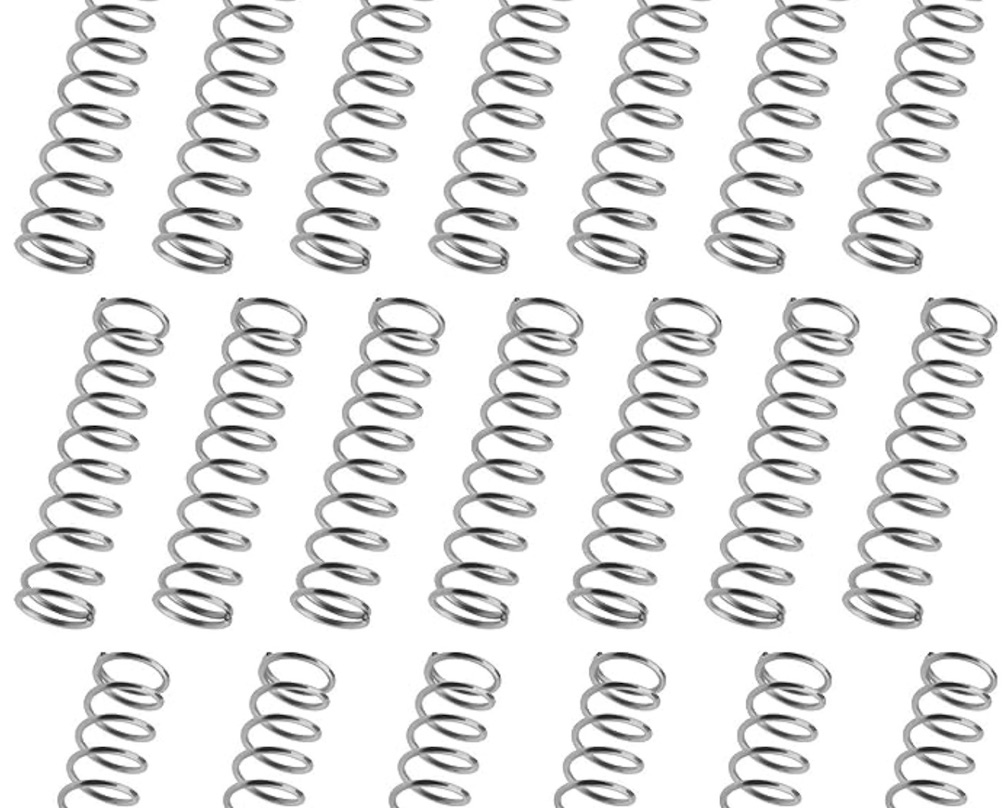What Is The Standard For Spring Manufacturing?
- Written by Business Daily Media

Springs are useful devices in various applications, including shock-absorbing valves, door hinges, furniture, fishing reels, circuit breakers, medical devices, music, and sports equipment. Some of these applications are critical.
Therefore, various spring manufacturing standards apply to ensure safety, compatibility, and reliability. Also, manufacturing standards can help keep costs down by ensuring that springs are manufactured efficiently and consistently. Here is a look at common spring manufacturing standards.
ASTM-125
ASTM-125 is a standard that applies to heat-treated helical compression-type springs. The standard was originally published in 1928 and has since been revised several times to the present ASTM-125-18, published in 2018. Manufacturers can use this standard to decide production scales and deliver superior results to clients. This standard covers points such as:
- Manufacturing processes
- Material requirements
- Tolerance
- Definitions
- Dimensions: Loaded height, free height, maximum solid height, square height, etc.
- Inspection procedures: The deflection shouldn’t be more than 85% of the original height.
It also includes figures and tables for designers and manufacturers of helical compression springs. The standard is widely accepted and helps ensure springs meet high-quality standards. It also allows people to talk about springs in a common language and even carry out international trade.
ISO 26909:2009
This international standard specifies definitions and terms commonly used in the spring manufacturing industry. It stipulates what language should be used in the technical product documentation to describe features such as:
- General spring features
- Applications of a spring
- Specification requirements
It’s also used by engineers, designers, and manufacturers when designing, calculating, manufacturing, processing, testing, and inspecting. It helps ensure the manufacturing of high-quality springs that meet regulatory standards.
DIN 2093:2012
This is the German industrial standard for helical hot-wound compression springs. It was initially published in 1975 but has been revised several times since. The DIN 2093:2012 is the latest version. Basically, the standard covers the same points as the ASTM-125 but more comprehensively. Characteristics of this standard include:
- It specifies a wider range of manufacturing materials
- It includes more thorough requirements for manufacturing processes
- It includes more detailed requirements for dimensions and tolerances
- It specifies more rigorous testing methods
Of course, spring manufacturers like GL Metal used different standards based on the particular application of a spring and customer requirements. For example, we adhere to the above-mentioned ASTM-125 to deliver springs that meet the highest standards of quality and regulatory requirements. In addition, we employ various quality control measures to ensure production processes go as planned and deliver the best results.
These include using high-quality materials, precision machinery, and conducting thorough inspections. Indeed, our production technology and equipment are always updating and advancing.
Currently, GL Metal boasts a four-axis automatic compression spring machine, an EN-8CS compression spring forming machine, a CNC505 bending machine, and other superior automatic computer spring machines.
If you need help finding the right spring for your application, please don’t be afraid to ask for help. Our engineers and customer support are always ready to help. They will guide you through our products, features, standards, certifications, and the order-placement process. Reach out today for assistance!









